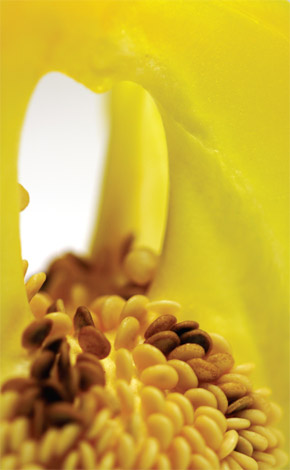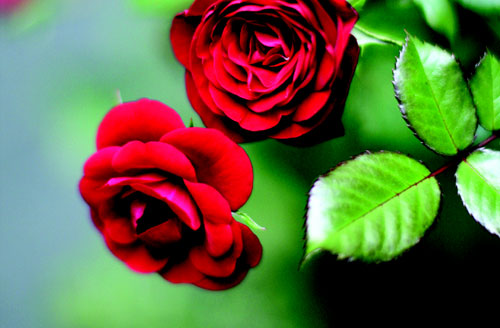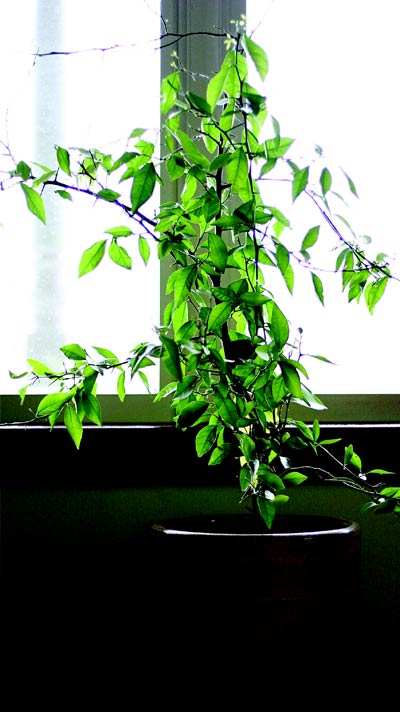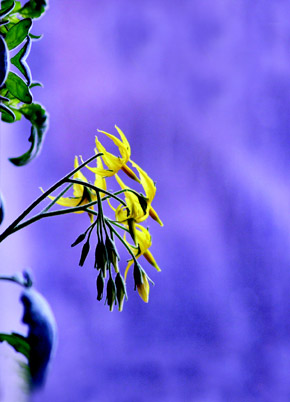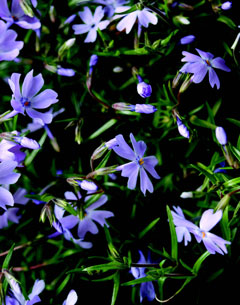Q. When we bought our house, we inherited a dozen older rose bushes. They had been ignored for years and look stringy at best. We are considering pulling them up and starting over. Are the plants worth saving?
A. Roses are very resilient plants. They can be ignored and or abused for years but with nutrients and moisture, the bushes can be revived. With inherited roses, it’s always a personal choice on which ones, if any, to keep. Their fate is usually determined by their color and how disease free they are. Often sentimental reasons are why poorly growing varieties are kept. Personally, I’d replaced them all. I suspect that many of the original varieties have died and have been replaced by the vegetative growth from the rootstock. These are shoots from below the bud union or from the surface roots. The bud union is the large knot located near at the bottom of the plant where the desirable variety was budded on to the rootstock. The majority of the older plants are not growing on their own roots. Starting over allows you to layout the area with a selection of varieties that suits you. Bare root or package roses will be arriving shortly at your favorite garden center so you can replant the area quickly. You could also wait until spring when the container roses are available in bud and bloom.
If you decide to keep them, I’d prune them back severely during the winter to about two feet from the bud union and eliminate the rubbing and crossing branches as well as those from below the bud union. Next, thin out the canes so the space between them is the diameter of your pruning shears or fist. In late February or early March, you start applying Rose Food monthly to encourage the new growth. Roses are watered frequently after the rainy season concludes. This is usually twice a week and then daily with warm temperatures.
Note: The following websites contain photos and descriptions of the new roses for 2011 plus many old favorites.
All-American Rose Selections
Jackson & Perkins
Weeks Roses
Q. Could you tell me what I need to do in order to keep my Poinsettia plants from dying? They seem to wither away so quickly each year.
A. Poinsettia leaves turn yellow, curl and shrivel quickly because of warm temperatures. Poinsettia plants like to be kept in a cool room, preferably under seventy degrees. They need to be kept away from heater vents, operating fireplaces and drafts, especially inside doorways as the sudden change in temperature causes problems. The flower and leaves of the Poinsettia plant collapses when the plant is excessively wet. They like to be kept uniformly moist. Before watering, stick your finger down an inch in the soil. If it feels moist to the touch then skip the watering. After watering, always dump the excess water that collects in the saucer and punch a hole in the decorative foil so the water can drain away.
Buzz Bertolero is Executive Vice President of Navlet’s Garden Centers and a California Certified Nursery Professional. His web address is www.dirtgardener.com and you can send questions by email at dirtgarden@aol.com or to 360 Civic Drive Ste. ‘D’, Pleasant Hill, Calif. 94523

